Main points
– Greenland is the world’s biggest island with a strategic geopolitical location. The island is abound in enormous natural resources and acts as an influential gateway in the remaining parts of Arctica.
– Greenland is financially dependent on Denmark, whose subsidy varies from 50% to 80% of the annual budget of Greenland. The donation allows the Greenlanders to extend social services and to live on a „western standard” despite a backward and ineffective economy.
– In 2019, the news spread around the world that the US President Donald Trump wanted to buy Greenland from Denmark. This proposition was met with a harsh reaction from Denmark, Greenland as well as from other countries.
Introduction
Greenland is the biggest island in the world, located in Antarctica, mostly above the Arctic Circle. Continentally it belongs to Northern America, however historically and politically it has always been connected with Europe. On the 2.166.086 km², 80% is covered with a thick layer of ice and nearly 56 thousand people live. The demographic of Greenlanders is comprised of 89% Inuits – a tribe that descended from the peoples of Asian origins, which crossed the Bering Strait (around 11-15 thousand years ago), and started to settle in both Americas during the period of human expansion in prehistory[1]. The remaining 11% of the inhabitants of the island are mainly Danish.
According to the data of the World Bank, the GDP of Greenland for the year of 2018 was 3,052 billion USD, more than 54 thousand USD per capita (for comparison, in Poland GPD per capita is about 15,42 thousand USD)[2]. The international status of the island is an autonomous territory dependent on Denmark, which since about 1380 has been ruling this area. The name itself in the Scandinavian languages means green land, and it was to encourage people to settle in, unlike the Island – ice land. Greenlandic is an official language, however, the knowledge of the Danish language is very common. Danish krone is the currency.
Historical outline after World War II
During World War II, Nazi Germany attempted to build meteorological stations in Greenland. According to the Monroe Doctrine, the USA has then taken up military intervention, thus thwarting these plans. In 1941, the government of the USA signed an agreement with Denmark, whereby the United States was to ensure the military security for the island, in exchange for the right to build objects necessary for this purpose. After World War II, Denmark has intensively put pressure on the government of the USA for it to withdraw its forces from Greenland. However, the Americans have remained there up to this day. The case was regulated with the agreement of 1951 when Greenland – because of its geographical location – was officially regarded as an important strategic point for NATO. During the Cold War, the island gained a strategic meaning for nuclear defense.
In 1973, Denmark, together with Greenland, joined the structures of the European Community. However, the inhabitants of Greenland opposed the accession from the beginning. The Faroe Island, another territory dependent on Denmark, due to its objection, did not join the structures of the European Union. In 1979, 63% of the inhabitants of Greenland opted for the creation of broad autonomy on the island[3]. In the referendum conducted in 1982, 53% of Greenlandic people opted for leaving the European Community[4], hence Greenland lost some amounts of funds. Officially, the deciding factor in this matter were the unfavorable fishery conditions and a prohibition of sealskin export. However, unofficially, national, identity, and freedom matters, and also the misconception of Greenland’s peculiarity by Europe were pointed out as reasons. In 1985, Greenland left the European Economic Community (EEC) and obtained a statute of the European overseas territory, formally remaining outside the Community, however remaining in the association with the EEC, due to it being the territory dependent on the Kingdom of Denmark. That way, Greenland has lost a chance for the development of its backward economy, which could have been boosted with EEC donations.
Another referendum took place in 2008. With a turnout of 71.96%, more than 75.54% of the island’s inhabitants opted for extending the autonomy[5]. Since the 21st June 2009, the Greenlandic language has been designated as an official language on the island, and the governmental capacities in Nuuk were extended to, among others, marine policy, natural resources matter, and also to the judiciary and police business.
Internal policy
Since 1979, Greenland enjoys broad autonomy from the Danish Kingdom, despite remaining an integral part of Denmark. On the matters of foreign, defense and monetary policy, the Danish authorities have exclusive competencies. However, they cooperate with the local Greenlandic legislative body (Landstinget made out of 31 people, gathering 2-3 times a year). The remaining spheres of public activities are Greenland’s own tasks. Currently, the office of the royal representative – the High Commissioner of Greenland – is held by Mikael Engell. Greenland has two mandates guaranteed in the Danish parliament (Folketinget).
The following political parties compete for the power on the political scene of the island: social-democratic party Siumut (Forward), campaigning for the broadest autonomy possible within the framework of the Danish Kingdom, conservative-liberal Atassut (Solidarity) postulating for the closest possible cooperation with Denmark, independence and separatistic party Inuitn Ataqatigiit (Community of the People) opting for full independence, and the democratic Naleraq (Point of Orientation) and Nunatta Qitornai (Descendants of our Land). Currently, the parliament is dominated by leftist-independent groups. The Premier of Greenland, chosen by the parliamentary majority is from Siumut: Kim Kielsen.
Greenland for sale?
Despite the end of the imperial Cold War rivalries, Greenland has remained an object of interest in the international arena. In 2019, Donald Trump announced that he considered the possibility of buying Greenland from the Danish government. This proposition has met a harsh reaction, both from the Danish and Greenlandic politicians, who unanimously called the idea ridiculous. During an interview for Reuters, Ane Lone Bagger, the leader of the Greenlandic Ministry of Foreign Affairs has said „We are open for a conversation about interests, but we are not open for the sale”[6]. Former Danish premier Lars Løkke Rasmussen has described the idea as a „prima aprilis joke”[7], while Søren Espersen in turn, the chief of the parliamentary team for the foreign policy of Denmark has regarded Trump’s words as „the final evidence that [Trump] went crazy”[8]. The Premier of Denmark, Danii Mette Frederiksen, has said that „Greenland is not for sale”, and that „Greenland is not Danish, but it belongs to its inhabitants”[9]. In revenge, Trump has canceled his visit to Denmark, which was received very negatively.
To enhance the international character of Antarctica and to prevent the attempts to get control over it by any country, France sent a military vessel to sail from Norway to the Bering Strait. China, in response to Trump’s proposition towards Denmark to buy the island, has described itself as a near-Arctic state.[10]
The idea of extending the United States with the largest island in the world is not new. The possibility of buying Greenland has been already considered during Abraham Lincoln’s (1861-1865) presidency. William H. Seward (the same one who negotiated to purchase Alaska from Russia in 1867), regarded this idea as „worth considering”[11]. At that time, due to harsh critique, the idea has not been realized. The purchase of another territory covered with ice and – according to the knowledge at the time – lacking natural resources, was considered pointless. Already at the transaction with Alaska the expression Seward’s Folly has been coined. However, history showed that both the purchase of Alaska and the Seward’s intuition of Greenland have proven correct. Apart from purchasing Greenland, buying Iceland from Denmark has been considered, as a bundle[12]. Only after World War II, in 1946, the USA made an offer to Denmark to buy the island for 100 million USD. The transaction was not made, but the government of the Kingdom provided the Americans with the land for other military bases. Consistently since 1941, the United States has been in the possession of the air force base Thule located in Greenland, where the Ballistic Missile Early Warning System has been installed, which protects the territory of the USA from the attacks from the eastern hemisphere. As of now, the only American-Danish territorial transaction is the USA’s purchase of the Danish Western Indies, currently being an American-dependent territory named the Virgin Islands.
The willingness of taking over the island fits into two broader contexts. The first one is a race for the deposits of natural resources of Antarctica, while the second one is a rivalry between the United States and China.
Rich deposits of Antarctica
Greenland is in the possession of rich deposits of natural resources. On the island itself, as well as all across the Arctic and around the North Pole, there are huge deposits of natural gas and petroleum, as well as of diamonds, gold, uranium, iron ore, lead, zinc, and other desirable rare earth elements. However, it should be remembered that the area of the Arctic and Greenland is still not properly examined, and the deposits can be significantly larger than it is now estimated, especially when it comes to petroleum and natural gas. The huge ice cap, if it melts, would raise the average sea level by 7 meters, has so far has effectively prevented the extraction of raw materials.
The melting of glaciers and the development of exploitation technology slowly make the extraction possible. However, economists believe that at this moment it is still not profitable enough. Resources are still difficult to access, and there is still a lack of proper technologies enabling their effective extraction. Moreover, in Greenland, there is a lack of personnel which could work in an advanced extractive industry, as 54% of the island’s inhabitants have a basic education, and only 5% higher education. Another reason for the lack of workers is the structure of the employment, as more than 40% of employees work in the administration sector[13]. Moreover, in that region of the world, there is no sufficient logistical infrastructure to extract, store and distribute resources. The potential exploitation would require building a logistical and technological background. It should not be overlooked that petroleum or natural gas are slowly losing their meaning compared to renewable energy resources and nuclear energy, which calls into question the profitability of investing in the extraction of those resources in the discussed area[14].
China’s expansion attempts in Greenland
China, which stockpiles about 35% of the known rare earth elements (Scandium, Yttrium, Lanthanum, Cerium, Neodymium, Samarium, Gadolinium, Terbium, Dysprosium, Holmium, Erbium, Thulium, Ytterbium, Lutetium) and are used in the production of advanced technologies and modern electronic equipment, tries to dominate the market of rare earth metals and maintain the biggest possible number of subjects dependent. In 2010, Pekin showed its determination to hold the position as the world’s hegemon of rare earth elements, putting an informal embargo on the delivery of those resources to Japan[15],[16].
The aggressive policies of the Chinese have turned the eyes of the whole world in the direction of Greenland, particularly its resources. The island was visited by, among others, Hilary Clinton (in 2011, as the US Secretary of State) and Antonio Tajani (In 2013, being the EU Commissioner for the industry). Tajani, in exchange for the right to resources extraction, was to offer 35% of the income from deposits exploitation[17]. It did not take long for Pekin to react. According to the information given by Tajani during the interview for AFP, former chairmen of the People’s Republic of China, Hu Jintao, visited Copenhagen only a day after the Commissioner’s visit[18].
The government of Greenland initially wanted to agree with the Chinese propositions. According to an act passed in 2012, a foreign entrepreneur investing in Greenland could pay out compensation in accordance with a rate applicable in his/her country of origin. This highly pro-Chinese gesture was met with an objection from the Danish government, which blocked the act. In 2013, the local parliament of Greenland lifted the prohibition of resource exploitation on its terrain. Greenland does not want to extract the resources on its own, because it lacks the technology and qualified workers. However, the island’s authorities are willing to share their land with others in exchange for the profit from the exploitation, although there are no eager investors at the moment.
After these turbulent events around Greenland during the years of 2010 – 2013, the Chinese involvement in the region has weakened. Above all, Russia was reminded about its presence in Antarctica, whose interest is that no other player gets involved regionally, in particular China. Russia is remilitarizing the far northern part of the country, and it is clearly giving the signal that it will not passively watch the actions of any other country in the Arctic.
One should not forget the fact that Greenland sees China as a bargaining chip in the negotiations with the Danish government about the further expansion of its autonomy, or even gaining independence. However, separation from Denmark will mean for the island a huge loss of subventions from the Danish government, which constitutes half (sometimes even 80%) of the island’s yearly budget, which allows the Greenlanders to provide high-quality services and a lifestyle on a „western level”. Copenhagen de facto subsidizes the Greenlandic budget in exchange for restraining independence tendencies, and in exchange for the agriculture market. The subventions yearly reach from 3.5 to 5.5, billion DKK, e.i. from 2.08 to 3.27 billion PLN. The economy of the island is not very productive and it does not have to offer almost any goods apart from the difficult-to-reach resources and fish. Hence, the separation from Denmark would be disastrous. Greenland will search for foreign investors, who would fill the budget gap, however without any radical social changes and departure from the model of „living off the expense of others” the independence of the island is unlikely.
Gateway to the Arctic
The one who controls Greenland has simplified access to the Arctic. Since 2014, the Danish MFA has been fighting for the recognition of Danish scientists on the international area, who on the basis of geological resources, proved that Greenland has a natural connection through a ridge with an underwater mountain massif under the Arctic Ocean near the North Pole, which should give Denmark an opportunity to expand its exclusive economic zone. According to the United Nations Convention on the Law of the Sea, written in Montego Bay, December 10th, 1982, the exclusive economic zone on the sea extends to the border of a continental shelf, which is a natural extension of a country’s territory in the sea (as a general rule, an area up to the depth of 200 m below sea level), till a rapid break-in continental fault, but no further than 200 nautical miles, from the basic line (simplified, from the shore of the country[19]). However, if there are underwater ridges, which are „connected with a land”, it is considered that they are natural components of a continental rim and are a part of the continental shelf, but not further than 350 nautical miles from the basic lines. This means that the area in which Denmark and Greenland would have an exclusive right to the exploitation of natural resources is longer than 150 nautical miles. However, in this area, Denmark has to share its influences with Canada, the USA, Norway, and Russia, and postulated earlier that the continental shelf possibly reaches the area beyond 200 nautical miles, and had demanded its extension. At present, the exclusive economical zone and the continental shelf of the five countries on the area of the Arctic equal 200 nautical miles.
Summary
The matter of the empires’ competition for influence in the Arctic and Greenland will be brought up by public opinion from time to time. Currently, it does not seem that any of the countries is powerful enough to explicitly impose its will in the Arctic region. It should be remembered that, for this moment, resource exploitation in Antarctica is unprofitable for all of these countries. For this reason, with a degree of caution, it can be expected that the activity of the greatest players on the geopolitical board will be restricted to propaganda actions. Whereas, Greenland itself will remain financially dependent on Denmark for many more years, which de facto prejudges its political belonging.
[1] https://books.google.be/books?id=n0gIBgAAQBAJ&printsec=frontcover#v=onepage&q&f=false
[2] https://data.worldbank.org/country/greenland?view=chart
[3] https://naalakkersuisut.gl/en/About-government-of-greenland/About-Greenland/Politics-in-Greenland
[4] https://www.rp.pl/Unia-Europejska/200139836-Brexit-Grenlandia-byla-pierwsza.html
[5] http://web.archive.org/web/20160812104540/http://www.rp.pl/artykul/224561-Grenlandczycy-proszli-do-urn.html
[6] https://www.rp.pl/Prezydent–USA/190819600-Grenlandia-do-Trumpa-Nie-jestesmy-na-sprzedaz.html
[7] https://www.euractiv.pl/section/polityka-zagraniczna-ue/news/trump-chce-kupic-grenlandie-dania-mowi-nie/
[8] https://www.euractiv.pl/section/polityka-zagraniczna-ue/news/trump-chce-kupic-grenlandie-dania-mowi-nie/
[9] https://www.rp.pl/Prezydent–USA/190829874-Trump-odwoluje-wizyte-bo-Dania-nie-chce-sprzedac-Grenlandii.html
[10] https://www.dw.com/pl/wyzwania-dla-arktyki-zmiany-klimatyczne-chiny-czy-rosja/a-54873403
[11] https://businessinsider.com.pl/finanse/trump-chce-kupic-grenlandie-oto-powody/pzfxl41
[12] https://www.euractiv.pl/section/polityka-zagraniczna-ue/news/trump-chce-kupic-grenlandie-dania-mowi-nie/ , https://wiadomosci.onet.pl/tylko-w-onecie/alaska-ogromna-lodowka-sewarda/vmle0cx
[13] https://bank.stat.gl/pxweb/en/Greenland/?rxid=UDXISCPROB01-01-2021+13%3a54%3a46
[14] https://www.dw.com/pl/wyzwania-dla-arktyki-zmiany-klimatyczne-chiny-czy-rosja/a-54873403
[15] https://www.parkiet.com/artykul/1318126.html
[16] https://businessinsider.com.pl/finanse/trump-chce-kupic-grenlandie-oto-powody/pzfxl41
[17] ibidem
[18] ibidem
[19] Precise description of the way of appointing the baseline can be found in the United Nations Convention on the Law of the Sea, written in Montego Bay on December 10th 1982. https://sip.lex.pl/akty-prawne/dzu-dziennik-ustaw/konwencja-narodow-zjednoczonych-o-prawie-morza-montego-bay-1982-12-10-16959103














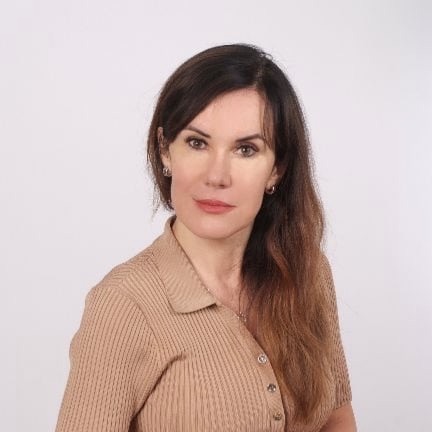




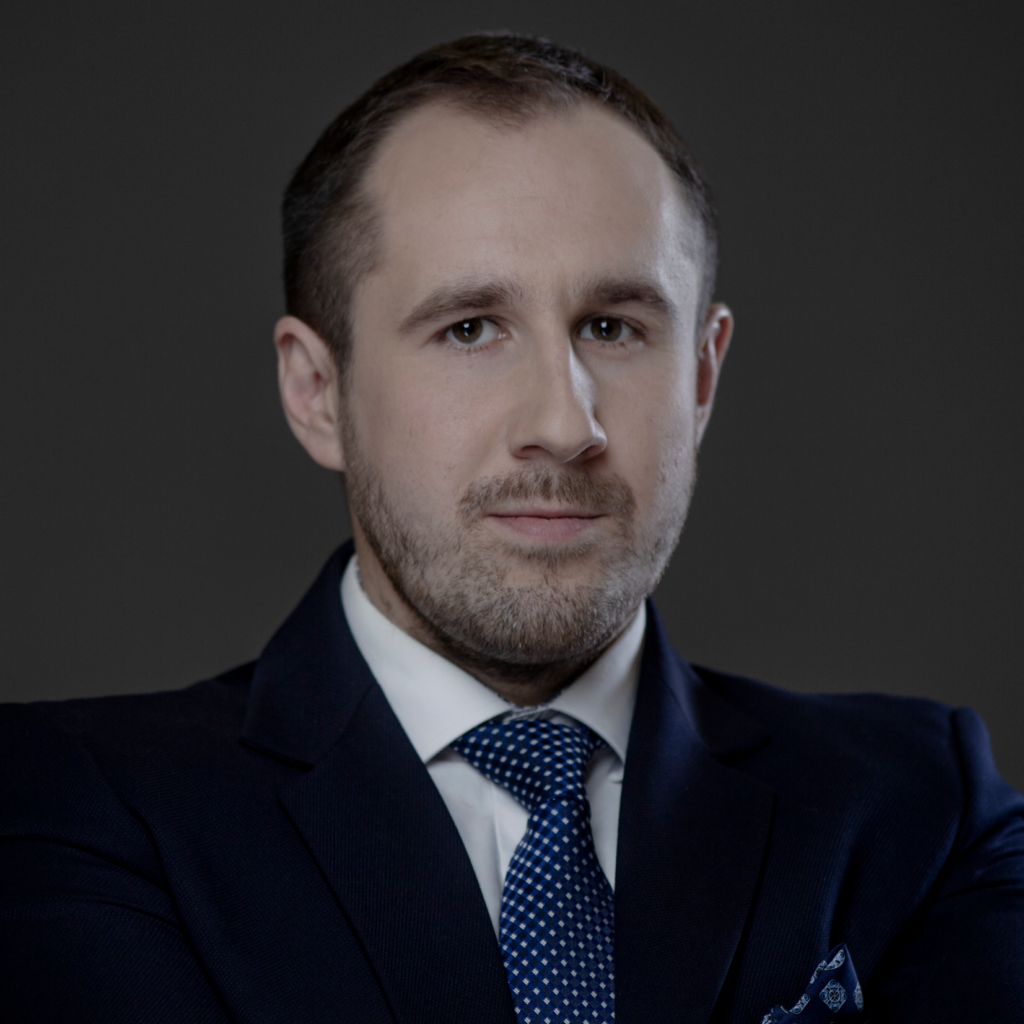









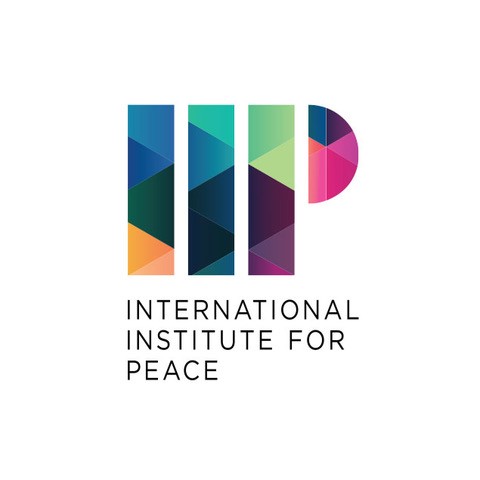
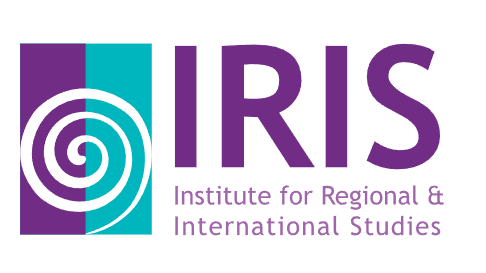
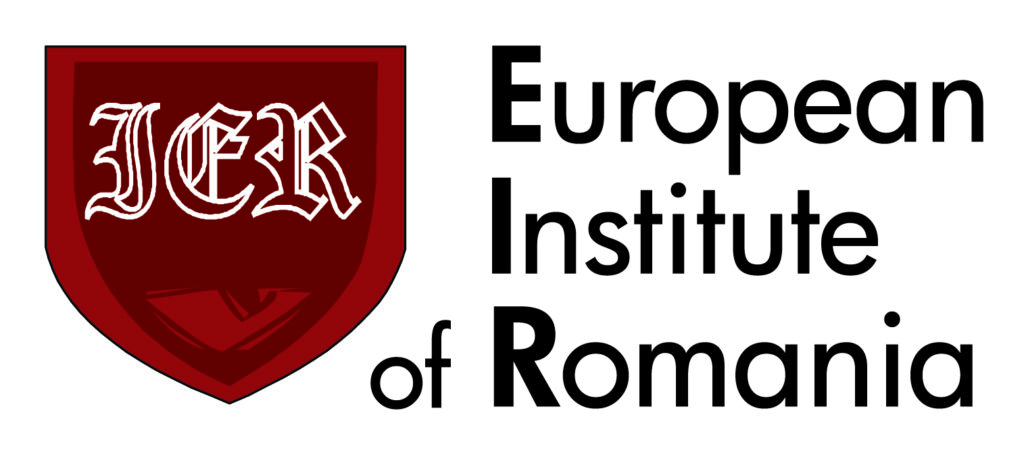
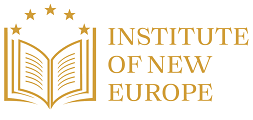
Comments are closed.